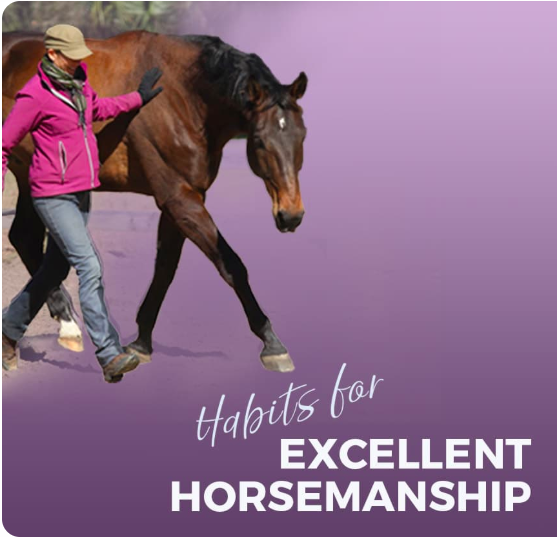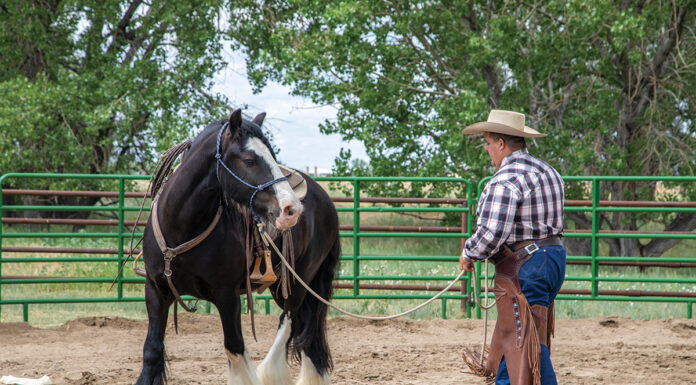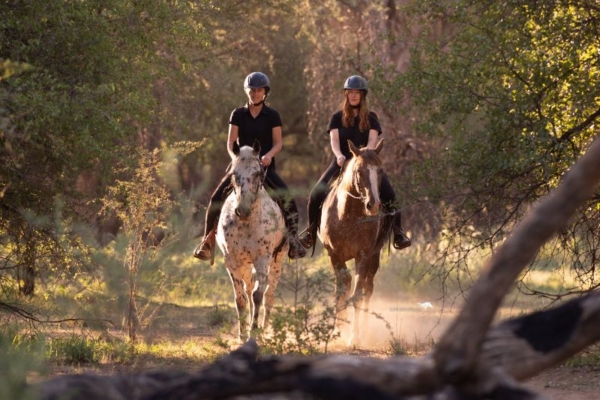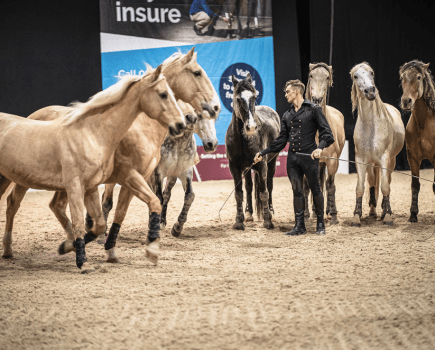The Ultimate Guide to Natural Horsemanship

Natural horsemanship is a philosophy and approach to horse training that emphasizes communication, respect, and understanding between horse and human. This guide will explore the principles, techniques, benefits, and common questions about natural horsemanship to help you develop a deeper bond with your horse.
What is Natural Horsemanship?

Natural horsemanship focuses on working with the horse’s natural instincts and behaviors rather than using force or punishment. It encourages trainers to observe and interpret horse body language and to build trust through gentle, consistent methods.
Core Principles of Natural Horsemanship

| Principle | Description |
|---|---|
| Communication | Using clear, consistent signals that the horse can understand. |
| Respect | Treating the horse as a partner, not a tool. |
| Patience | Allowing the horse time to learn and respond without pressure. |
| Observation | Paying close attention to the horse’s behavior and reactions. |
| Consistency | Applying training methods reliably to build trust and understanding. |
Techniques Used in Natural Horsemanship
- Join-Up: A method where the trainer gains the horse’s trust by allowing it to approach voluntarily.
- Pressure and Release: Applying gentle pressure and releasing it as soon as the horse responds correctly.
- Groundwork: Exercises performed on the ground to establish respect and communication before riding.
- Body Language: Using posture, gestures, and eye contact to communicate effectively.
Benefits of Natural Horsemanship
- Builds a stronger, trust-based relationship between horse and rider.
- Reduces fear and stress in horses.
- Encourages safer handling and riding.
- Enhances the horse’s willingness to cooperate.
Frequently Asked Questions (FAQ)
What types of horses can benefit from natural horsemanship?
All horses, regardless of breed or age, can benefit from natural horsemanship techniques.
How long does it take to see results?
Results vary depending on the horse and trainer, but many notice improvements within a few weeks of consistent practice.
Is natural horsemanship suitable for beginners?
Yes, it is often recommended for beginners because it promotes gentle, clear communication.
Can natural horsemanship replace traditional training?
It can complement or, in some cases, replace traditional methods, depending on the goals and needs of the horse and rider.
Natural horsemanship is more than just a training method; it’s a way to deepen your connection with your horse through empathy and respect. By understanding and applying these principles, you can create a harmonious partnership that benefits both you and your horse.
Would you like me to help improve the clarity or add more detailed examples to any section? Here are some follow-up tasks you might consider:
- Expand the FAQ section
- Add detailed training examples
- Include a comparison with traditional training methods
